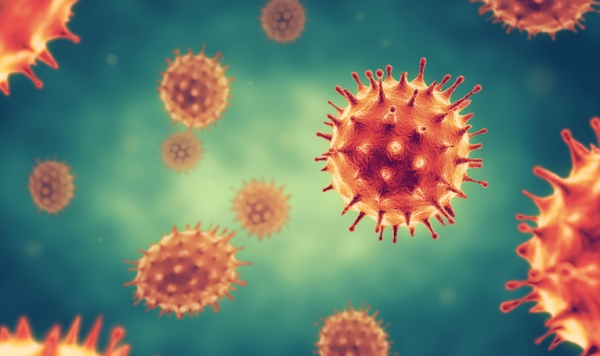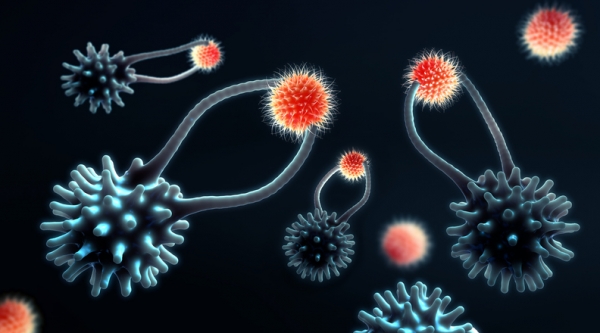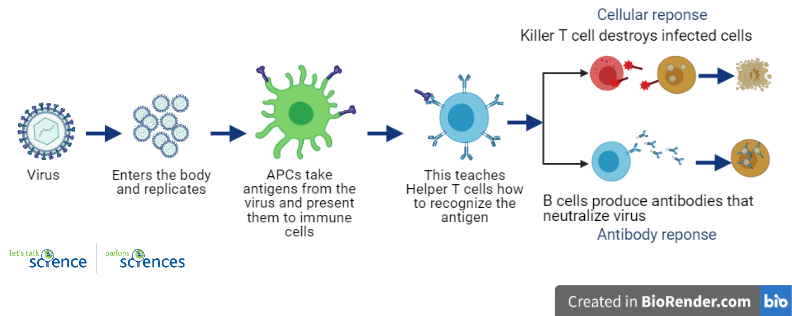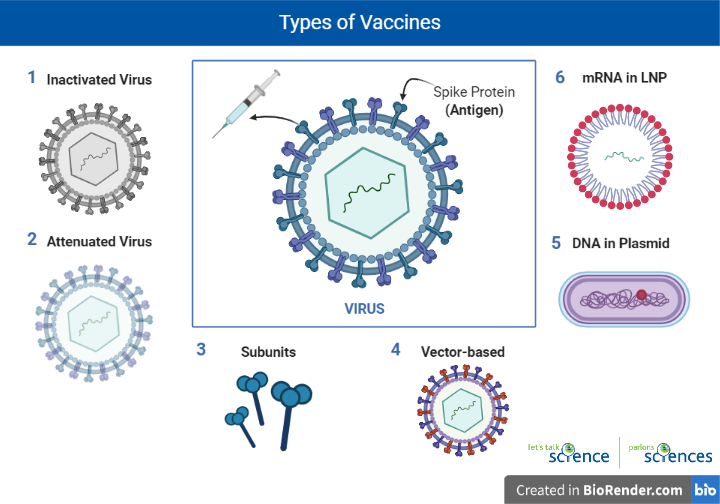What’s Special About the New COVID-19 Vaccines?

Medical staff distributing COVID-19 vaccines (Joe_McUbed, iStockphoto)

Medical staff distributing COVID-19 vaccines (Joe_McUbed, iStockphoto)
7.47
How does this align with my curriculum?
Curriculum Alignment
BC
11
Science for Citizens 11 (June 2018)
Big Idea: Scientific processes and knowledge inform our decisions and impact our daily lives.
YT
11
Science for Citizens 11 (British Columbia, June 2018)
Big Idea: Scientific processes and knowledge inform our decisions and impact our daily lives.
BC
11
Life Sciences 11 (June 2018)
Big Idea: Life is a result of interactions at the molecular and cellular levels.
NU
11
Knowledge and Employability Science 20-4 (Alberta, 2006)
Unit C: Disease Defence and Human Health
YT
11
Life Sciences 11 (British Columbia, June 2018)
Big Idea: Life is a result of interactions at the molecular and cellular levels.
NT
11
Knowledge and Employability Science 20-4 (Alberta, 2006)
Unit C: Disease Defence and Human Health
NB
11
Sciences de la nature, 11e année (2005)
Thème 3: Microorganismes, système immunitaire et santé
YT
8
Science Grade 8 (British Columbia, June 2016)
Big Idea: Life processes are performed at the cellular level.





